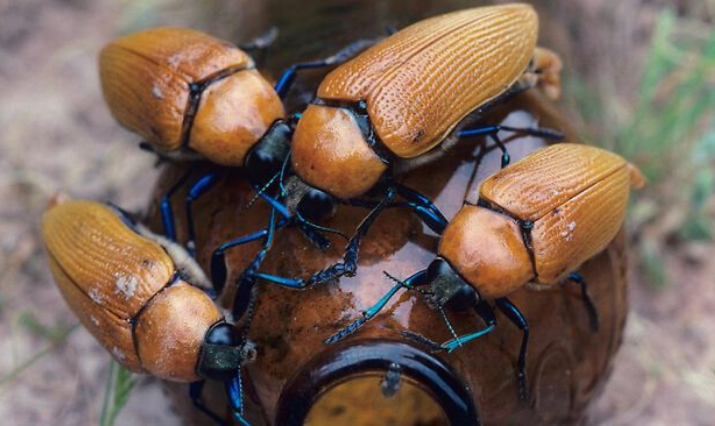That’s because in many cases, you and I need to ‘disengage’ in order to tap into thinking spaces that are unchartered and unleash our creativity. In fact, disengaging awareness is the very first part of unlearning and translates into a form of ‘letting go’ of a conventional response.
It is in the ‘looking away’ that you and I take note of what we may have been missing all along and that which has gone unnoticed.
There is much to be said about concepts and seemingly small industry players that were once dismissed as insignificant because we’d neglected the opportunity to disengage and ask ourselves the pivotal question, “what are we missing?”
Often we are unaware of what we may need to be unlearning or how we ought to be ‘self-disrupting’.
Especially because in many cases, the effects of sticking to one destructive or restrictive behaviour, are only seen much further down the line.
Think about an ineffective study routine; you will not become aware of its destructive nature until you are in some way assessed, causing you to take stock of what may not be working.
This is quite unfortunate, however, because often by the time we notice that it’s time to unlearn, it’s too late. A truckload of damage has already been done or we have invested so much in the journey, that unlearning is seen to possibly set us back even further.
Consider the story of the Australian Jewel Beetle’s love affair with the beer bottle, that exemplifies this principle clearly (and no, it’s not what you think).
In September of 1981, a pair of entomologists; Darryl Gwynne and David Rentz, took note of a number of short brown beer bottles (stubbies), tossed along a Western Australia roadside.
It was of no surprise that passer-bys flung their emptied glass beer bottles out of vehicle windows as they zoomed past.
What was surprising however, was that a few of the beer bottles that lay heating in the toasty sun had a golden brown male Australian Jewel Beetle ‘mounted’ on them. On some bottles, they noticed there were more than one of these golden brown beetles.
To further draw attention, the pair noticed that the male beetles had their genitalia everted and were attempting to mate with the beer bottles.
This was most intriguing, especially considering their bodies were getting scorched by the sun and ants had begun biting away at one beetle’s exposed genitalia.
Through further investigating, they found that the bases of the shiny golden brown beer bottles resembled the non-flying female Australian Jewel Beetle’s exterior with uncanny exactitude. Not only was the shiny yellow-brown colour strikingly similar, but the bottle had a studded or dotted base, as the female’s body.
Upon noticing this similarity and being confused by it, it seems the male beetles landed on and began to share a moment of intimacy with the bottles.
The sad part of this story is that when the beer manufacturers finally became aware of the impacts of their design, the Australian Jewel Beetle population had been notably negatively impacted. Like many of us, they were completely unaware of just how much of a disservice their design had done in one part of a system to which they were far removed from, but nonetheless a part of.
With this story in mind, here are two things to consider when asking the question: “What Are We Missing?”
2. Untapped Potential – What is the hidden potential of your product, model or concept? Consider how else can it be viewed or used.
Fixedness often restricts us from perceiving in unfamiliar ways. This can be related to the structure (shape or form), the function (use or performance) or the relationship (how different parts interact) implications around a given product.
This is often why I use the term ‘self-disrupting’ as a way to explain the very essence of unlearning.
If we hope to take action in due course and begin horizon scanning, then we best disengage our defaults and the best place to start is by asking the pivotal question, “what are we missing?”
_______________________
References:
-
D. T. Gwynne & D. C. F. Rentz, 1983, ‘Beetles on The Bottle: Male Buprestids Mistake Stubbies for Females (Coleoptera)’. Journal of the Australian Entomological Society, vol. 22: 79 – 80.
______________________
About the author of today’s Tuesday Tip – Zanele Njapha
In the face of disruptive change, Zanele assists organisations to navigate various transitions and become future-fit by cracking the unlearning code.
She does this by facilitating the understanding that learning, unlearning and relearning must be the crux and heart of an organisation’s DNA if they are serious about sustained relevance in a shifting climate.
Email [email protected] for more information or to contact Zanele.



Trackbacks/Pingbacks